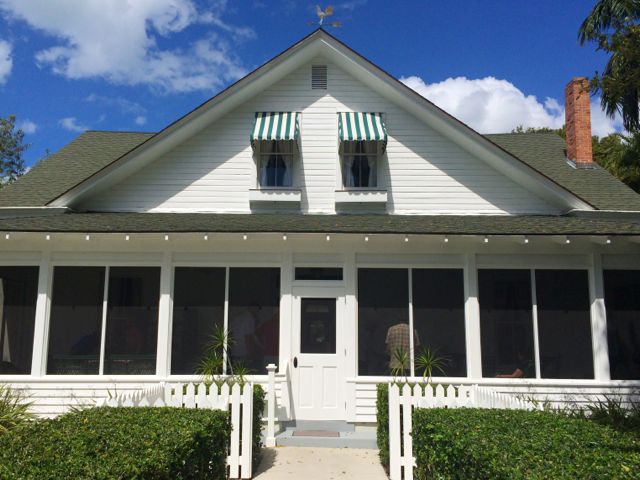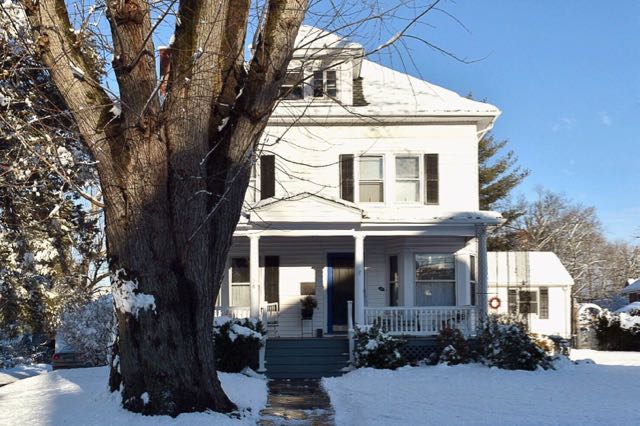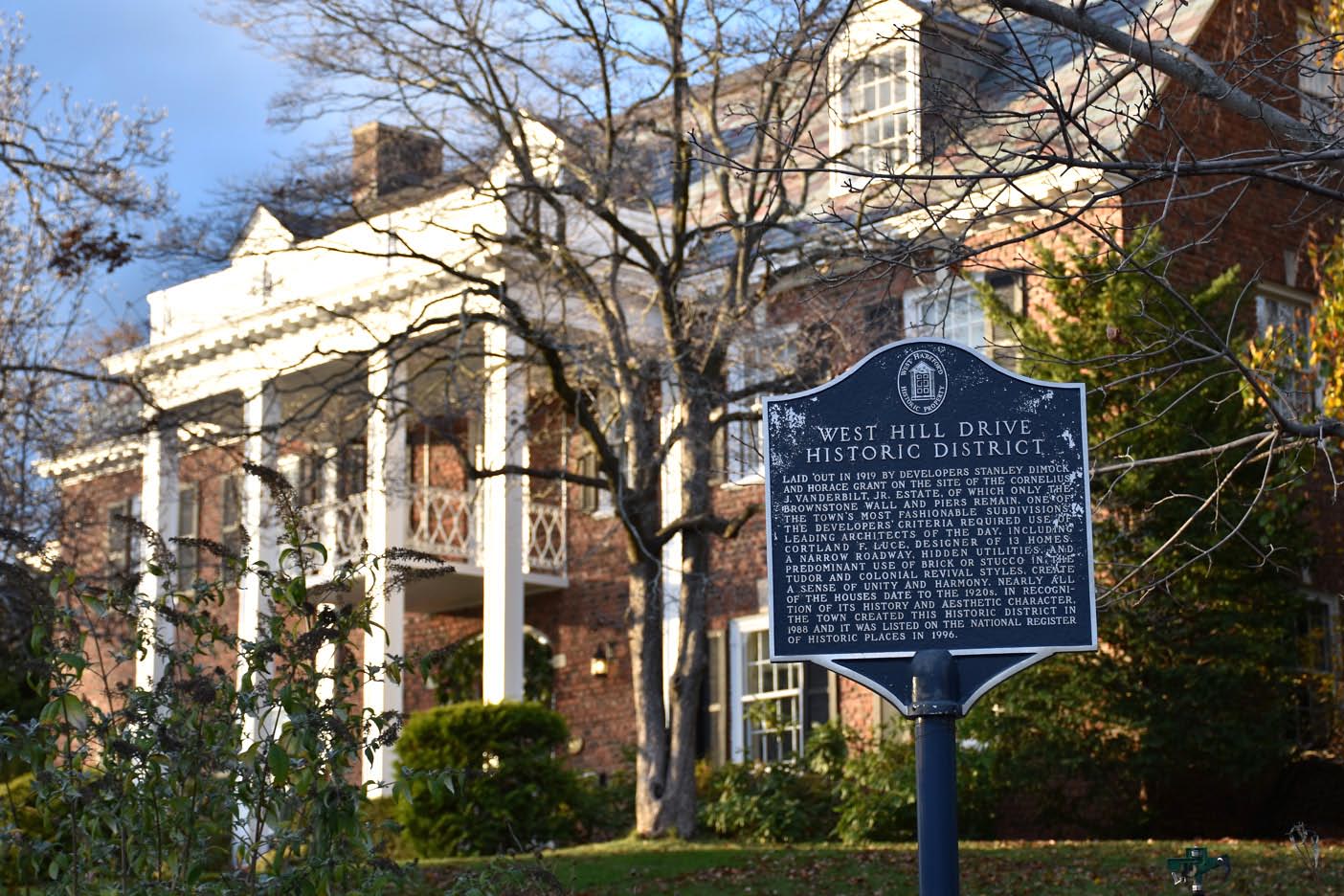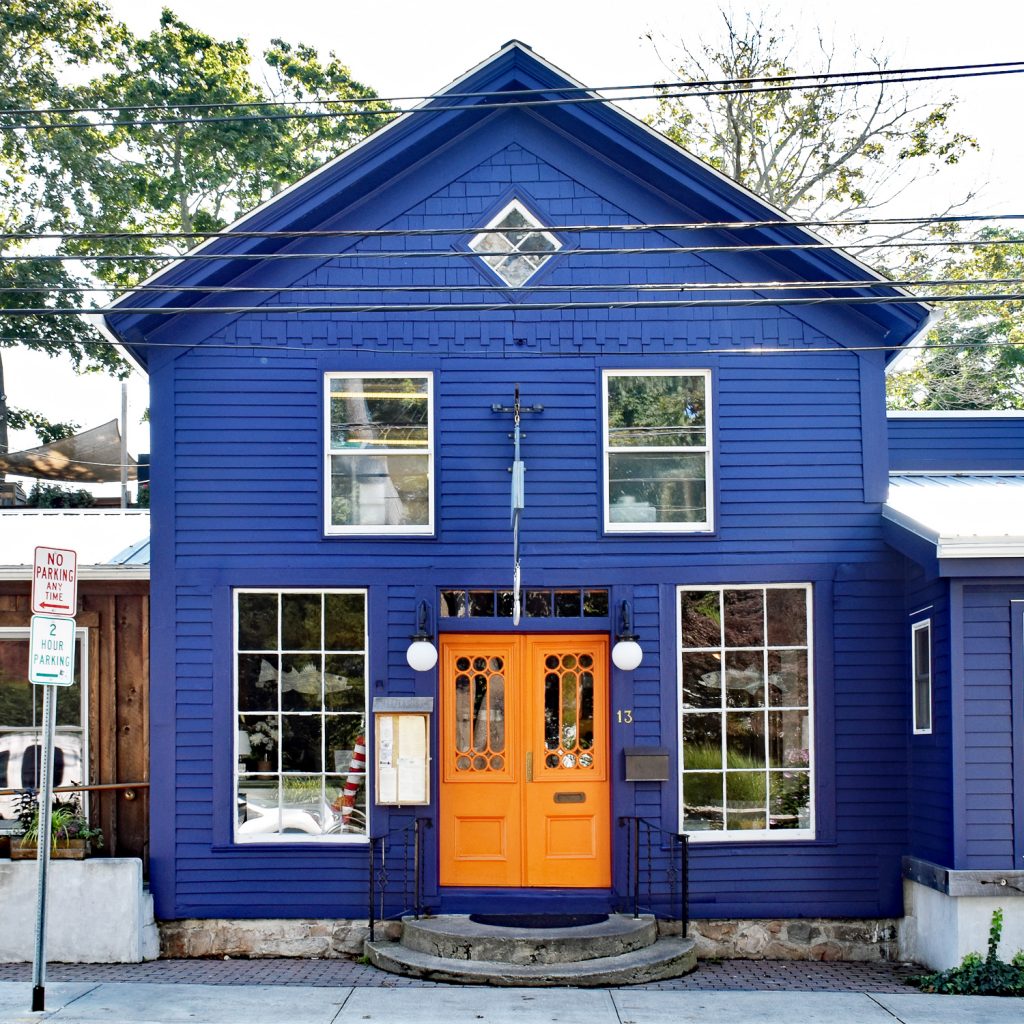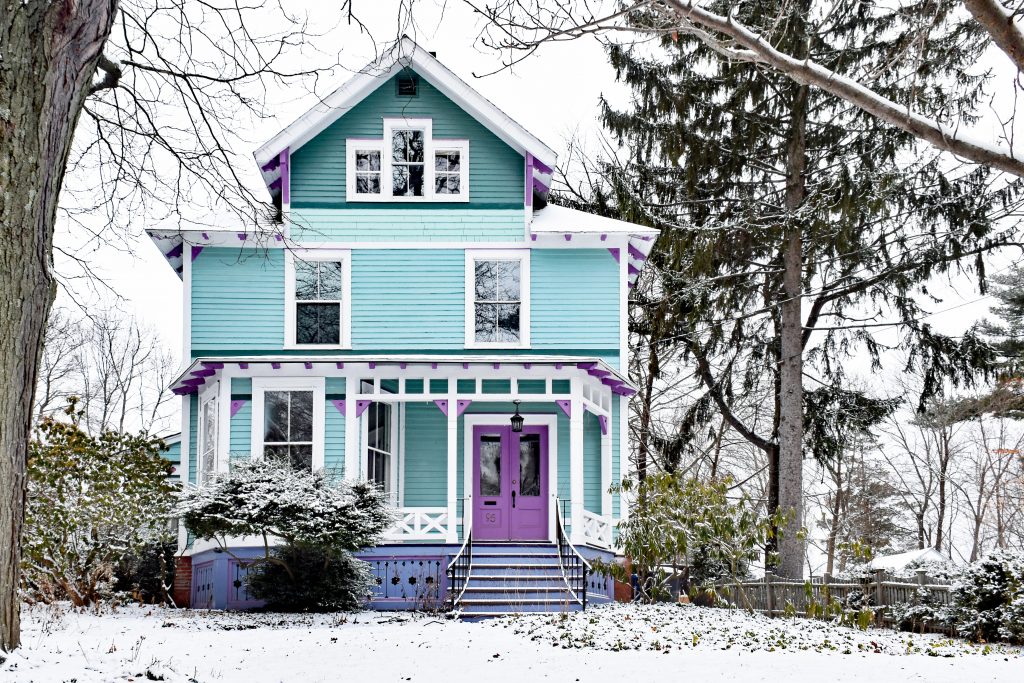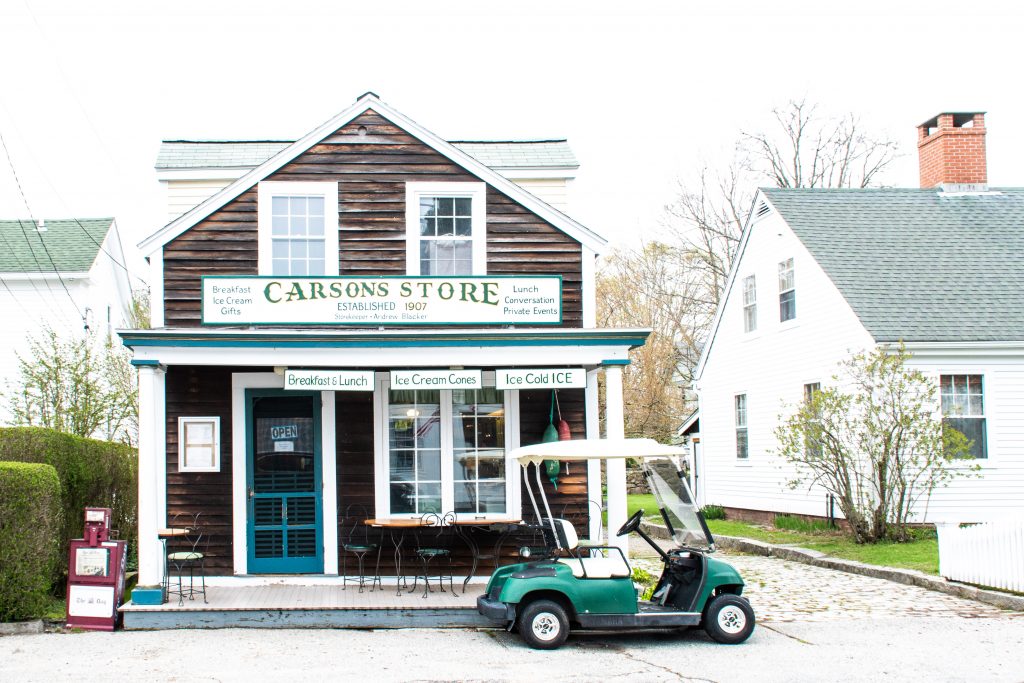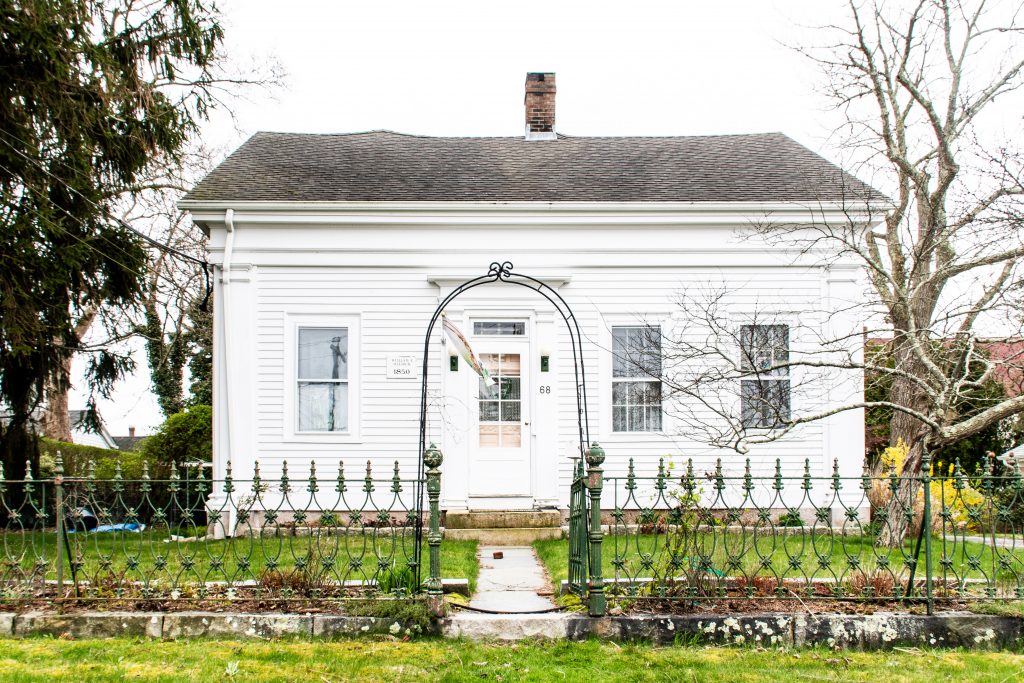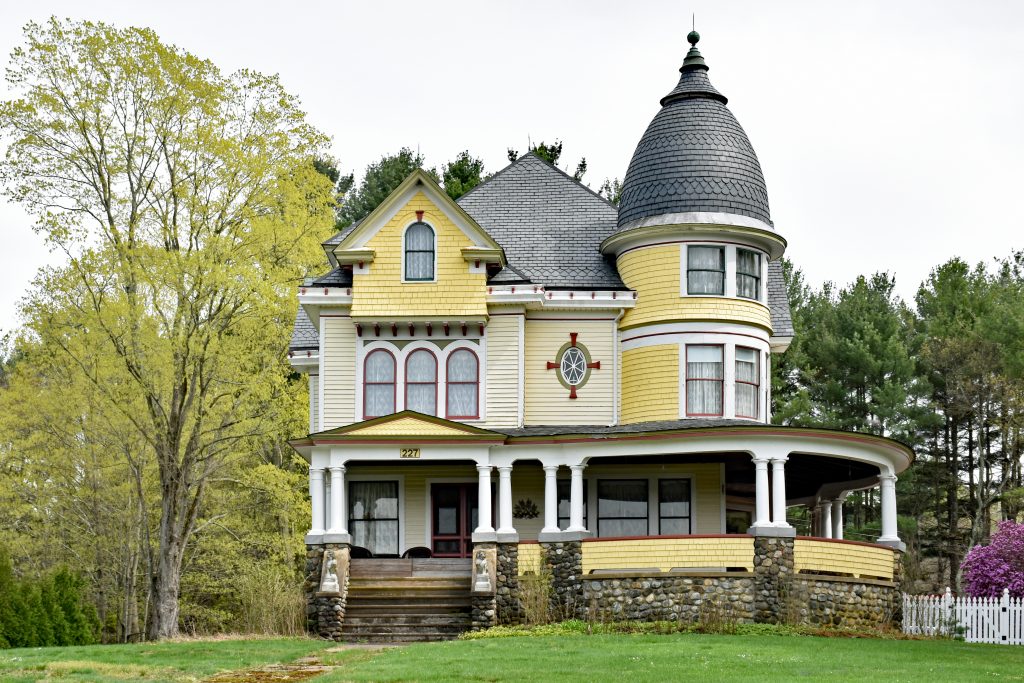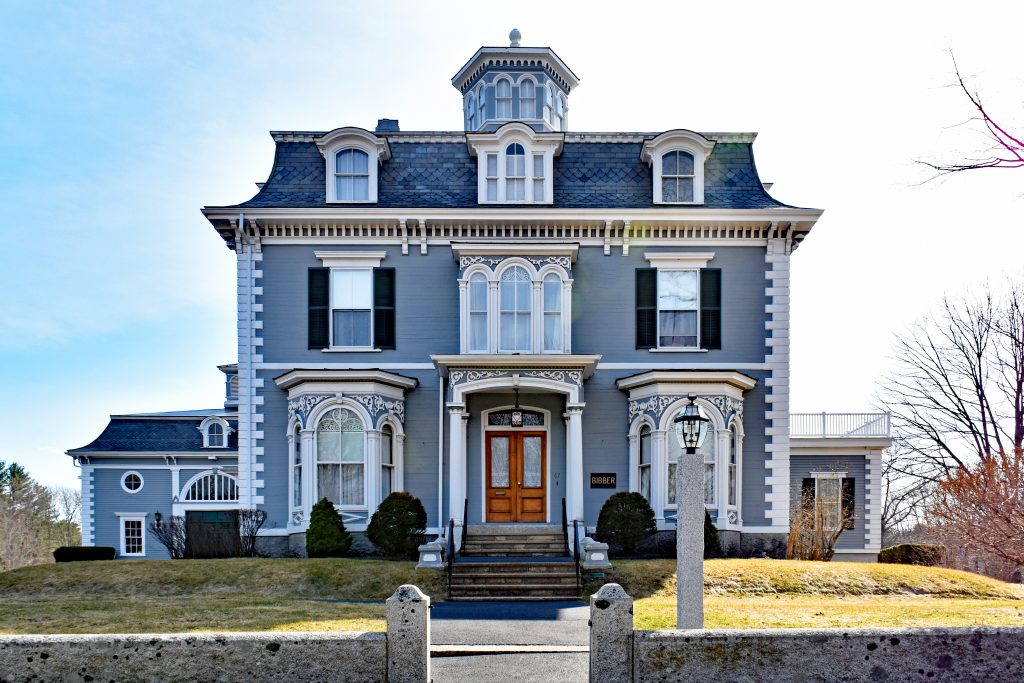Updated March 2019
When traveling with my family they aren’t anxious to join me on a tour of a historic home or building, at least not without a lot of begging and bargaining on my part. So I was thrilled to be able to see Palm Cottage in Naples, FL on my own schedule.
Palm Cottage is the oldest remaining house in Naples, dating back to 1895. It became the home of the Naples Historical Society in 1978 when they purchased it from the City of Naples to save it from its fate as a parking lot.
After a major renovation facilitated by generous members of the Historical Society, the cottage was listed as a Landmark in the National Register of Historic Places in 1982.

I was shocked to learn the “cottage” was 3,500 square feet, which is much larger than what I would consider cottage-size. In fact, it wasn’t originally built as a private residence but as an annex to the Naples Hotel, which sadly burned years ago.
After its time as an annex, it became a private residence for a handful of owners. It is now a museum, and while the building maintains much of its original structure, portions of it have been renovated. The house was decorated with generous donations from local residents to style it as it would have been in the early 1900s.
As a result, the cottage has an eclectic, collected look that feels very livable. In the study featured in the photo above, well-known local artist Paul Arsenault donated the painting above the sofa.

The foyer stretches from the front to the back, with a grand staircase as the centerpiece. If memory serves, the staircase and trim work in the home are made of black cypress which has a dramatic look. The foyer is filled with light and feels spacious with 12-foot ceilings on the first floor.
The most interesting part of the home’s construction, however, is the use of tabby mortar for its walls, a technique brought to the Southeastern United States by the British and Spanish. Tabby mortar is a handmade mixture of sand, shells, and water shaped into large blocks and has proven to be incredibly durable.
With its one foot thick walls, the Palm Cottage has withstood 120 years of hurricanes and tropical storms with ease, and it now remains as one of the few examples of tabby mortar construction in the local area.

The kitchen was an addition to Palm Cottage after it became a private residence. When used as an annex, its residents would dine with other hotel guests in the main hotel dining room.
Whenever I see old kitchens like this I find it hard to imagine how challenging it must have been to cook a meal of any sort. But then again…I can’t say that I cook well in my modern kitchen, either! I’m probably not the best judge when it comes to that.

The cottage, when used as the annex, had seven bedrooms. Those seven rooms were consolidated into four bedrooms when it became a private residence. The above photo is the master bedroom which has a simple charm to it.
The most delightful part to me would be sleeping with the windows open listening to the palm trees swishing in the breeze right outside. Not surprisingly, the master bedroom was on the cooler side of the house which had more shade during the day.

When the Historical Society purchased the home, it further renovated the upstairs hallway to have it function as a gallery of sorts. The area is filled with light and with its horizontal beadboard walls is a perfect background to the collection of historic photographs filling the walls.
Of greatest interest to me were the photographs of the early development of Naples. Naples was a lush tropical landscape that wasn’t accessible by road and cheap labor was used to cut through the growth. Not a job any of us can imagine today, but without their efforts, Naples would never have become the resort destination that it is.

The children’s bedroom was another simple room. You can see the small closet behind the chair in the corner, and my favorite touch is the doll on the bedside table. The doll is a representation of a Seminole Indian, and the tour guide gave enough history about the Florida Seminoles to pique my interest.
The Seminoles were subject to the same displacement efforts led by the U.S. Government as other Indians tribes were at that time, but after decades of fighting composed of three wars, many lives lost and millions of dollars spent, the government finally gave up on moving the Seminoles out of Florida.
They were the only tribe that did not ultimately sign a peace treaty with the U.S. Government, and the Seminole Tribe of Florida is strong today after rebuilding itself from only a few hundred remaining members.

I think the best way to get acclimated to an area is to do one or two tours. In a larger city, I like to do at least one tour soon after arrival that covers the major landmarks, like a bus, trolley or duck tour, and then at least one of a specific landmark such as a historic home, building or garden.
I prefer to have someone guide me through a place and tell me about it, otherwise, I wander aimlessly and leave feeling unsatisfied. The volunteer guide at Palm Cottage gave an excellent tour with just the right depth of information. The house tour runs daily, but garden tours are available twice a week and a tour of the surrounding historic neighborhood once a week.
If you are in the area, please don’t hesitate to pay a visit. The Naples Historical Society has done a wonderful job maintaining Palm Cottage for all of us to enjoy in the future.
Please note that as an Amazon Associate, I earn from qualifying purchases at no additional cost to you.
[x_author title=”About the Author”]

My name is Deb Cohen, and I am a lifelong resident of Connecticut, a lover of all things historic and New England, and a realtor who helps buyers and sellers achieve their real estate goals and dreams. When I’m not working, I enjoy life with my husband, our two adult children, and our two rescue pups. Renovating and decorating our historic home, dating to 1800, is another favorite pastime.
